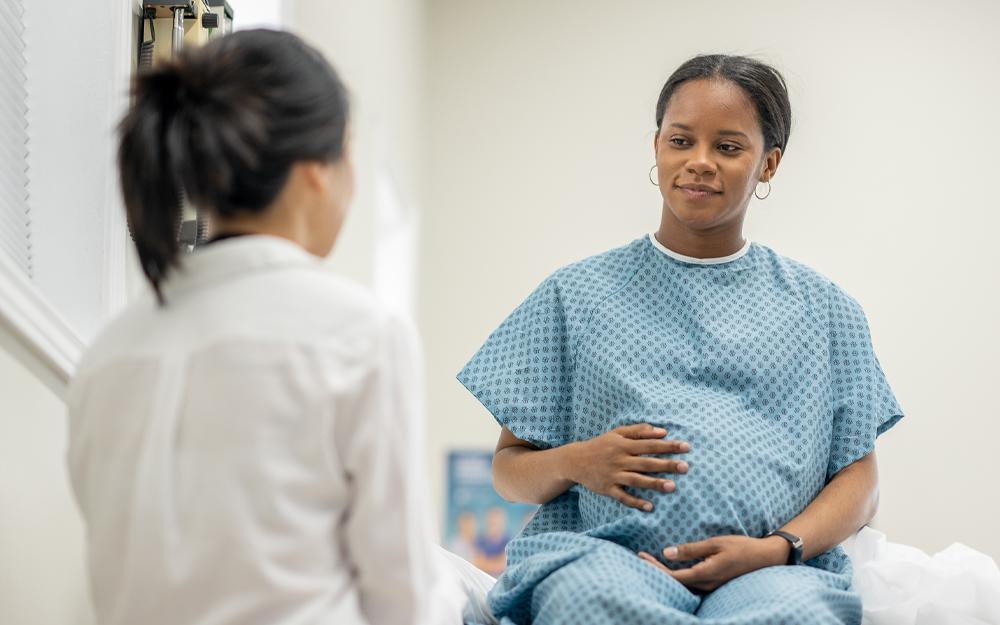Gender Differences Mean More Knee Injuries for Women
Date
July 23, 2021

Date
July 23, 2021
Credits
Medical providers featured in this article
In Brief
{{cta-block}}

Though men and women are equal, they're not the same—and that includes their knees.
Those differences contribute to women athletes being more than twice as likely to tear their anterior cruciate ligament (ACL) as men, a figure that varies by sport. Female basketball players have a 3.5 times greater incidence of ACL tears compared to their male counterparts, and 2.8 times greater for soccer.
"It's been stirring for a long time in the sports world, but there's definitely a loud outcry from athletic trainers, physical therapists and orthopaedic specialists to recognize this trend," says Dr. Natasha Trentacosta, a Cedars-Sinai Kerlan-Jobe Institute orthopaedic surgeon and sports medicine expert. "There are important neuromuscular differences in men and women, and being aware of those differences can help prevent injuries."
Physical differences
Women's knees are not merely smaller versions of men's, Dr. Trentacosta says.
The unique qualities of women's knees begin with differences in the hips. Women tend to have a wider pelvis, which changes the alignment and mechanics of their lower bodies. Their knees are more likely to tilt inward while the ankles remain spaced apart. This puts more stress on the ACL, the crucial tissue that connects and stabilizes the thighbone to the shin at the knee joint.
Women tend to have a stiffer leg when landing from a jump and do not bend as deeply as their male counterparts, which also increases the risk for knee injury, Dr. Trentacosta says.
Also, women rely more on their quadriceps—the muscles at the front of the thigh—which also increases the risk of ACL injuries.
Hormones play a role
Estrogen is associated with bone health and increased flexibility. This hormone can fluctuate during the menstrual cycle, and those fluctuations are potentially linked to more knee and ankle injuries.
The number of studies examining the link between hormone fluctuations and spikes in knee injuries are increasing, but it's still an area with more questions than answers. Research shows that women's knees tend to have more laxity—or looseness—when women are ovulating compared to other points in their cycles.
There's some evidence that oral contraceptives might help reduce injuries, as they even out hormone fluctuations, but it's an area that needs more study, Dr. Trentacosta says.
In the Newsroom: Orthopaedic Experts Show Teenage Girls How to Avoid Knee Injuries
An ounce of prevention
Athletes can take proactive measures to reduce the risk of a knee injury, Dr. Trentacosta says. For women, she suggests focusing on three key areas:
- Hamstrings. The muscles along the back of the leg help bend the knee and pull the shinbone backward, which can prevent strain on the ACL.
- Gluteus. Strong glutes, which make up the buttocks, can also protect knees. Weak glutes can cause thighs to rotate and pull inwardly, putting additional stress on the knee joint and kneecap.
- Flexibility. Increasing and maintaining flexibility is especially important for young and teenage athletes, as growth spurts can put additional stress on the knees.





